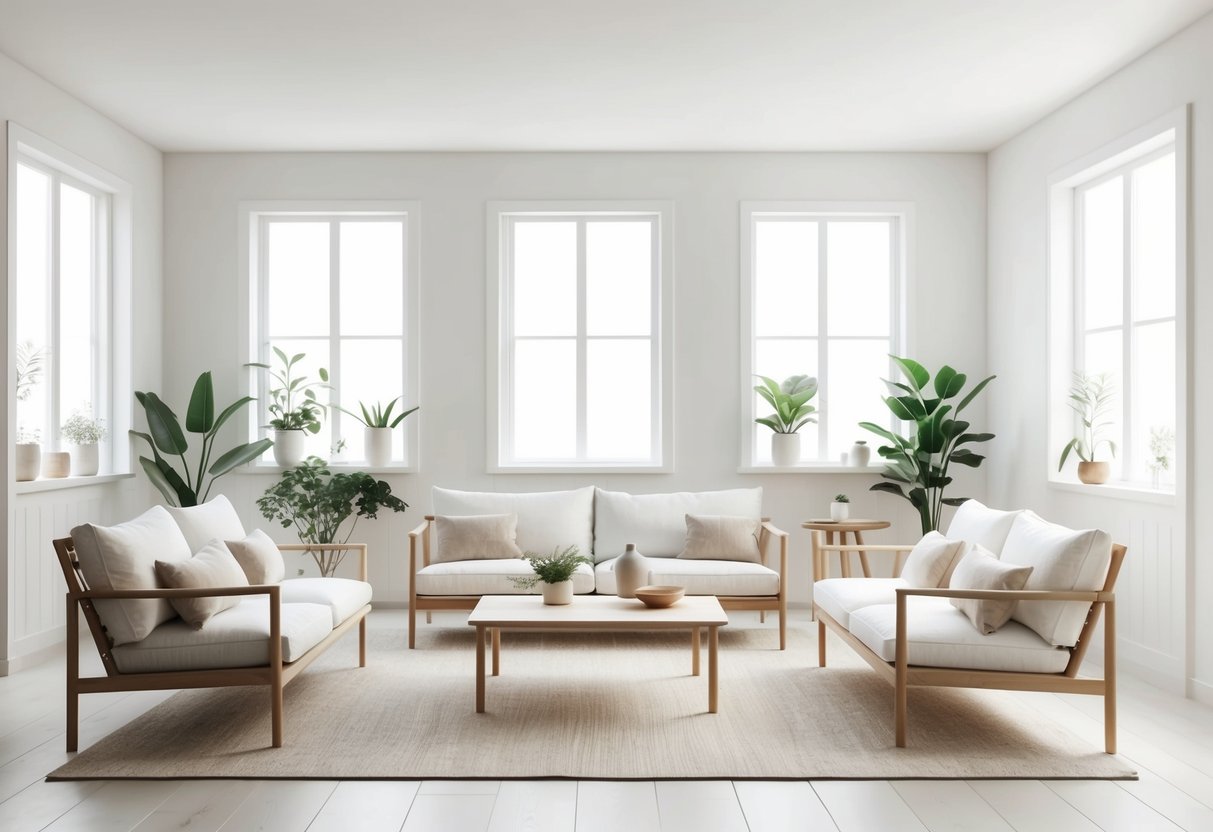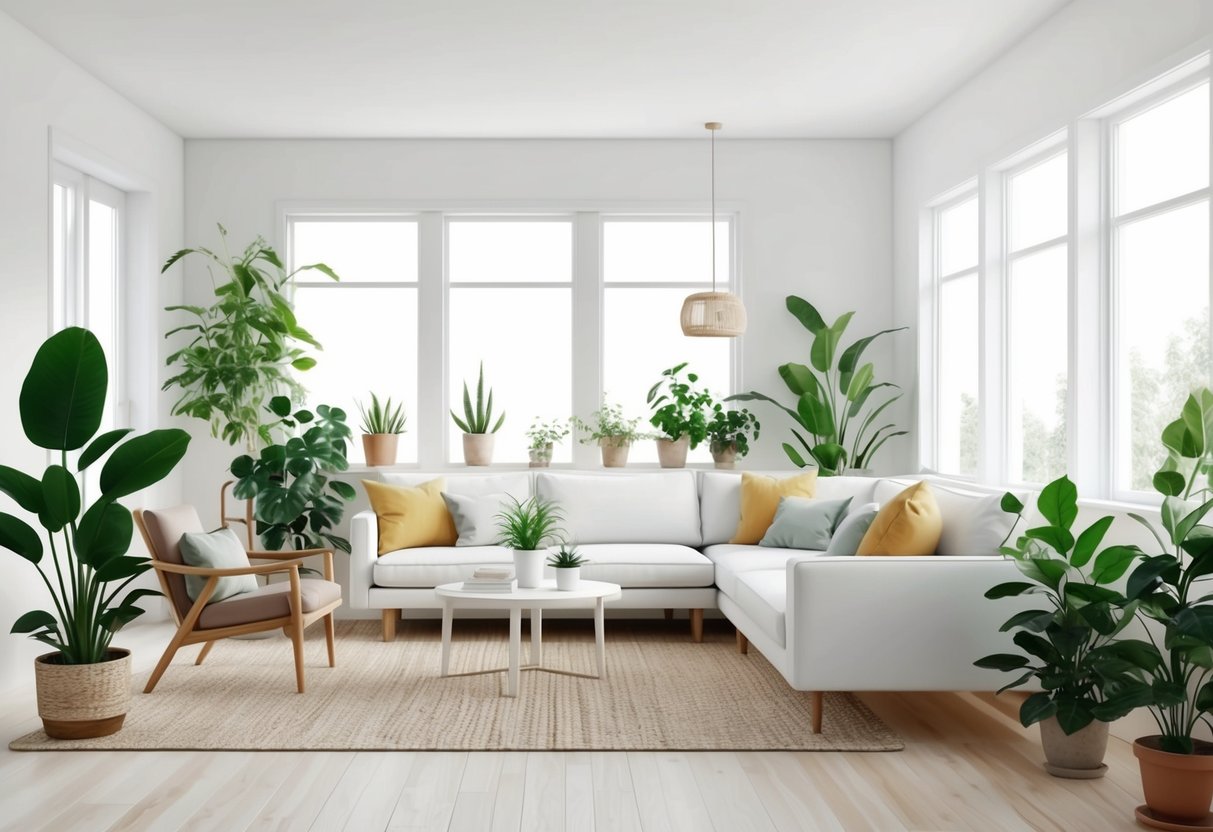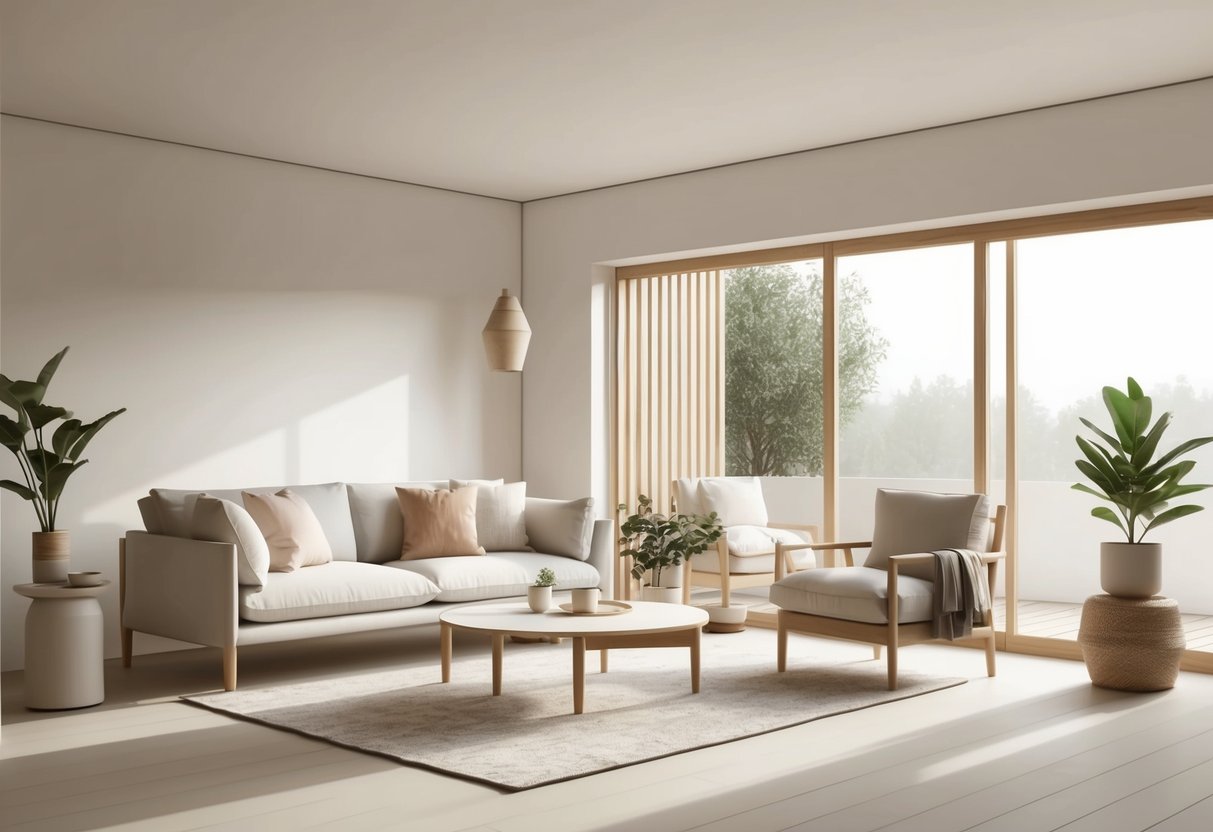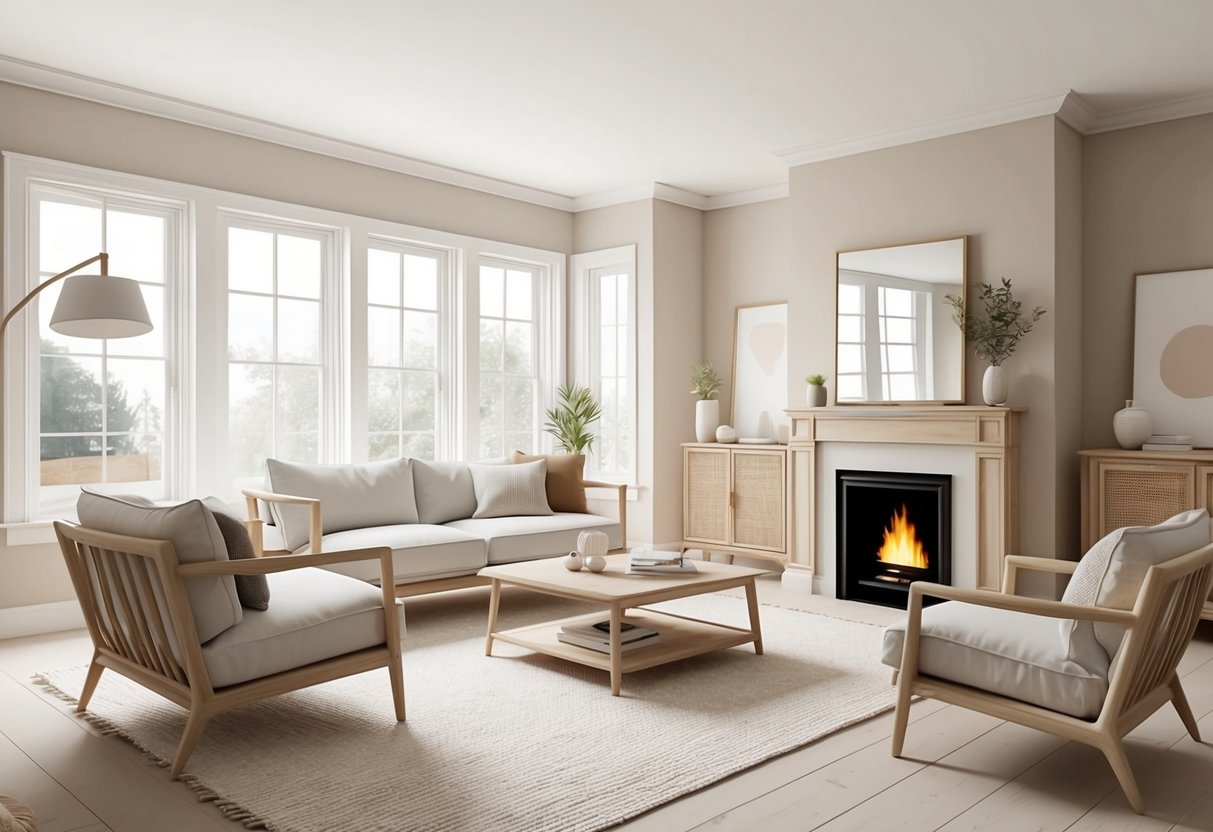
Bringing the Outdoors In: Nature and Indoor Plants

Scandinavian interior design draws strongly from the natural world, emphasizing both visual harmony and a tangible sense of well-being. Elements such as living greenery and raw materials bring warmth, texture, and a deep feeling of connection to nature into the home environment.
Connection to Nature in Design
Integrating the outdoors into Scandinavian spaces is rooted in the region’s tradition of celebrating nature year-round, whether through views of the sea, forests, or hav (the Swedish word for “sea”). Large windows, natural light, and organic shapes echo the Scandinavian landscape, making interiors feel open and breathable.
Materials such as wood, stone, and linen create an authentic backdrop that feels grounded and restful. Decor featuring botanical prints, rattan, and dried botanicals can emphasize this connection, even in urban or shaded spaces.
For further inspiration, tips on how to incorporate these natural elements—including the use of high-quality artificial or dried plants where live greenery won’t thrive—can be found in practical guides on bringing nature into your home.
Choosing and Placing Indoor Plants
Selecting indoor plants for a Scandinavian-inspired home means prioritizing those that thrive in low light and add clean, sculptural lines. Classic choices include succulents, snake plants, and peace lilies.
Ferns and small potted trees, such as fiddle leaf figs, also work well and require minimal maintenance. Style is just as important as plant type.
Grouping several plants of varying heights near windows or placing a single striking specimen on a wooden table elevates a room’s look. Hanging planters or wall-mounted shelves maximize greenery without clutter.
For cohesive results, pots in neutral tones or natural textures like ceramic, terracotta, or woven baskets enhance harmony with other Nordic furnishings. For more advice, discover creative ideas on using live plants and plant accessories that fit any space.
Adapting Scandinavian Design Room by Room

Blending Scandinavian principles into each space means prioritizing subtle hues, uncluttered layouts, and materials that emphasize both sustainability and practicality. Functional elements merge with calming aesthetics to create interiors that support daily routines without unnecessary ornamentation.
Scandinavian Kitchens
A true Scandinavian kitchen highlights clean lines, natural materials, and functional space. Pale wood or white cabinets paired with minimalist hardware deliver a timeless look.
Countertops in light stone or wood add warmth, while matte black or stainless fixtures supply subtle contrast. Open shelving instead of upper cabinets increases openness and makes everyday items easily accessible.
Practicality remains a focus—integrated storage like pull-out pantries and deep drawers keeps clutter out of sight. Neutral tile backsplashes in white or soft gray contribute to the airy feel.
For lighting, pendant lamps with glass or metal shades are common, filling the kitchen with even, welcoming light. Touches of greenery, such as fresh herbs, reinforce the connection to nature.
Choosing simple ceramics and understated textiles ensures the kitchen is both inviting and easy to maintain.
Key Features Table
| Element | Scandinavian Choice |
|---|---|
| Cabinets | Light wood or white |
| Lighting | Pendants, natural light |
| Backsplash | White or neutral tiles |
| Storage | Hidden, integrated options |
| Decor | Minimal, functional accents |
Nordic Inspired Bathrooms
Scandinavian bathrooms focus on calm, utility, and refined comfort. Walls and floors in large, neutral tiles—white, taupe, or light gray—maximize the sense of light and cleanliness.
Floating vanities and wall-mounted faucets save space and reinforce a minimalist look. Glass shower enclosures enhance the open, uncluttered feel.
Open shelving or well-placed niches provide easy storage for essentials while avoiding visual clutter. Adding woven baskets or wood accents gives warmth and keeps the space from feeling cold.
Soft, monochrome towels and unembellished bath mats maintain the serene effect. Thoughtful lighting, such as sconces or recessed ceiling lights, makes the bathroom both functional and relaxing.
Incorporating plants can introduce a subtle natural element, keeping the atmosphere fresh and harmonious as described in these Scandinavian living room ideas.
Building a Cohesive Scandinavian Mood Board

Creating a Scandinavian mood board helps establish a visual blueprint for a home that emphasizes simplicity, clean lines, and harmony. Approaching the process thoughtfully ensures every space maintains a consistent palette and style while allowing for personal touches.
Collecting Inspiration
A mood board should begin with the collection of references that reflect the core aspects of Scandinavian interior design—neutral color palettes, natural textures, minimal decor, and a strong focus on light. It is helpful to save images of real interiors, swatches of textiles, and samples of wood or stone to represent the elements being considered.
Designers often curate content from magazines, professional portfolios, and digital platforms like Pinterest or Instagram. Including a variety of images can help identify patterns in what appeals most.
Inspiration should extend beyond photos—floor plans, paint chips, and illustrations of clean lines or geometric shapes are effective for capturing the Scandinavian approach. When organizing items, group choices by material, color, or room.
For example:
| Element | Details |
|---|---|
| Color Palette | Whites, greys, muted tones |
| Textures | Linen, wool, natural wood |
| Lines | Straight, gentle curves |
Labeling sections on the board makes it easy to refine selections and maintain simplicity in the visual presentation.
Planning for Consistency
Consistency is achieved by sticking to a limited but versatile color palette and repeating materials across rooms. This prevents visual clutter and ensures each space flows naturally into the next.
It is important to select key design features—such as minimalist lighting fixtures, clean-lined furniture, or specific woods—and use them throughout different areas. These repeating motifs help achieve a cohesive Scandinavian look.
A list can clarify the approach:
- Use oak or ash wood finishes in several rooms.
- Opt for white or beige paint for most walls.
- Select furniture with slim, clean profiles.
Digital mood boards can further ensure consistency with tools that allow parts of the board to be duplicated or colors to be mapped across the entire plan. This keeps the home’s interior unified and true to Scandinavian design principles, as explained in guides on building a cohesive Scandinavian style.